SOURCE: RAUNAK KUNDE / NEWS BEAT / IDRW.ORG
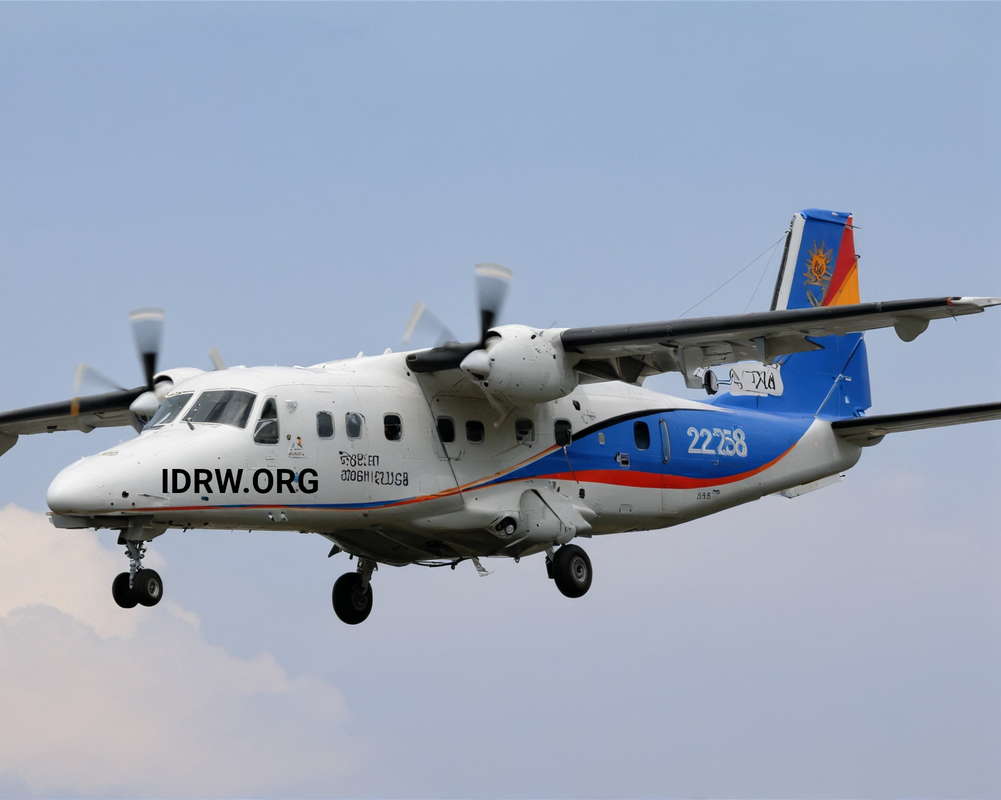

India and Armenia are reportedly in discussions for the sale of HAL-made Dornier Do228 transport aircraft, according to sources familiar with the program who spoke to idrw.org. The proposed sale reflects growing defence ties between the two countries, with Armenia seeking to bolster its transport capabilities amid regional challenges.
The Armenian Air Force operates a limited transport fleet, with only three Ilyushin Il-76 heavy transport aircraft in service. While the Il-76 provides substantial heavy-lift capabilities, Armenia faces a gap in tactical and light transport options for smaller cargo and personnel. Adding the Dornier Do228 would help fill this gap, offering a more versatile platform for low-cargo transport needs, medical evacuation, and troop movement within the region.
Continue readingSOURCE: IDRW.ORG.
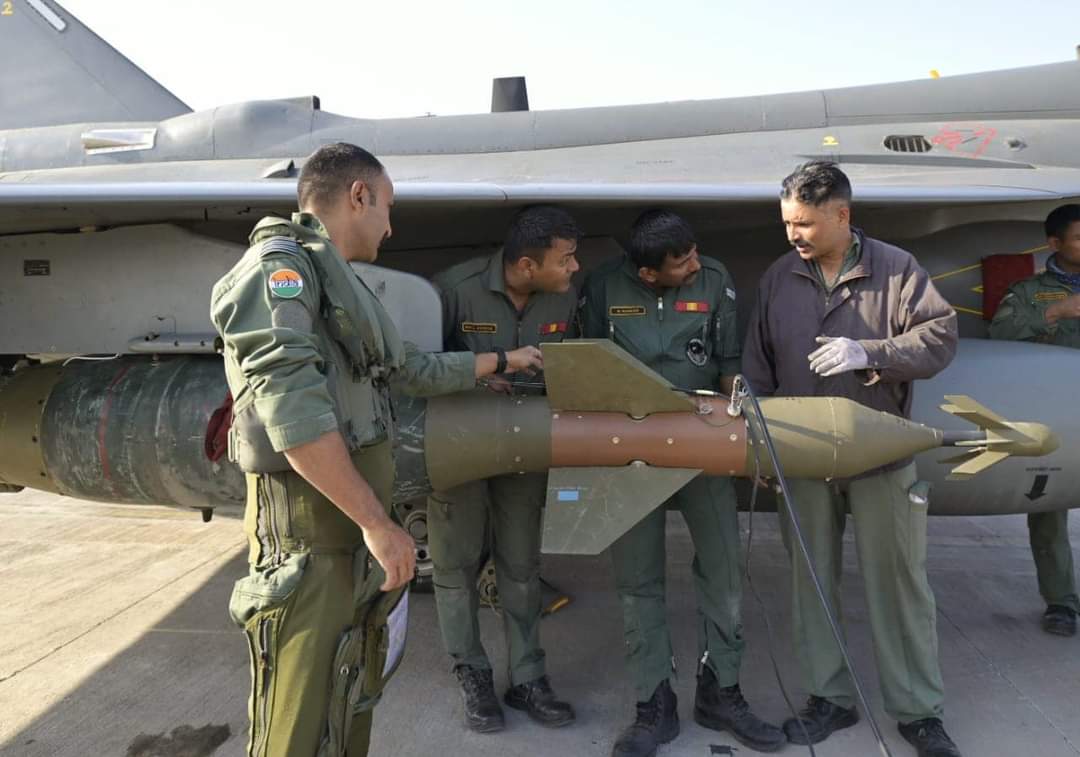

he Indian Air Force (IAF) is aiming to significantly reduce its dependency on foreign weapons systems over the next 15 years by transitioning to domestically developed air-to-air and air-to-surface missiles, as well as indigenous guidance bombs for both its indigenous and imported fighter jets. This initiative aligns with India’s larger push for self-reliance in defense, marking a decisive move towards local development and production of advanced armaments.
An IAF official, speaking anonymously to idrw.org, confirmed that significant progress has already been made in this direction, with state-owned defense organizations and private sector firms actively contributing to the development of these systems. However, the official acknowledged that a full transition to 100% Indian-made weapon systems for the IAF’s combat fleet could take 15 to 20 years.
Continue readingSOURCE: IDRW.ORG.


The BrahMos missile, which first took to the skies as the PJ-10 in 2001, has become a cornerstone of India’s missile arsenal. According to BrahMos Aerospace, the missile system has now completed 110 successful trials across its various platforms, including the shore-based, air-launched, and ship-launched variants. Over its 23-year journey, BrahMos has evolved from a 290-kilometer range missile to a longer-range powerhouse, with the current reach extended to 450 kilometers, and plans underway to achieve an 800-kilometer range.
The first test of BrahMos marked the beginning of a robust missile development program that has expanded the weapon’s capabilities in response to evolving security needs. With 110 tests spanning over two decades, the BrahMos missile system has demonstrated its versatility, reliability, and adaptability to different launch environments. BrahMos Aerospace’s rigorous testing schedule has allowed the system to be fine-tuned for maximum operational readiness, making it one of the most tried-and-tested weapons in India’s defense inventory.
Continue readingSOURCE: RAUNAK KUNDE / NEWS BEAT / IDRW.ORG
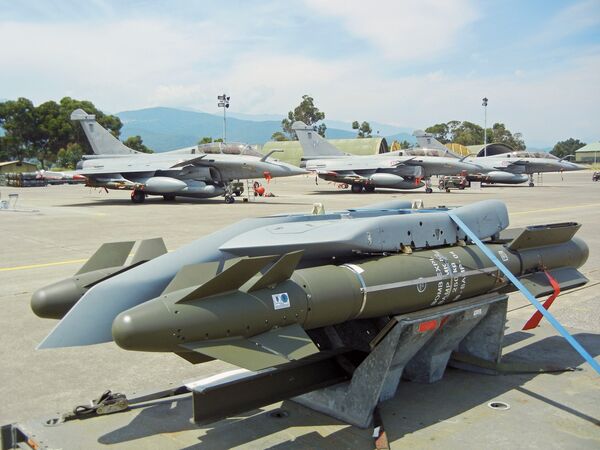

To extend the operational relevance of its Mirage-2000 fleet, the Indian Air Force (IAF) is planning to integrate advanced munitions currently deployed on its Rafale jets, including the SCALP-EG long-range cruise missiles and Hammer precision-guided smart bombs. This modernization initiative is aimed at reinforcing the Mirage-2000’s capabilities as a frontline fighter until it is phased out over the next decade, by which time the domestically developed Tejas MkII is expected to assume a similar role.
The Mirage-2000 fleet, one of the most reliable platforms in the IAF’s inventory, already utilizes the Israeli SPICE-2000 smart bomb kit. However, integrating the SCALP-EG and Hammer bombs will provide it with advanced, battle-proven firepower that complements the existing arsenal.
Continue readingSOURCE: RAUNAK KUNDE / NEWS BEAT / IDRW.ORG
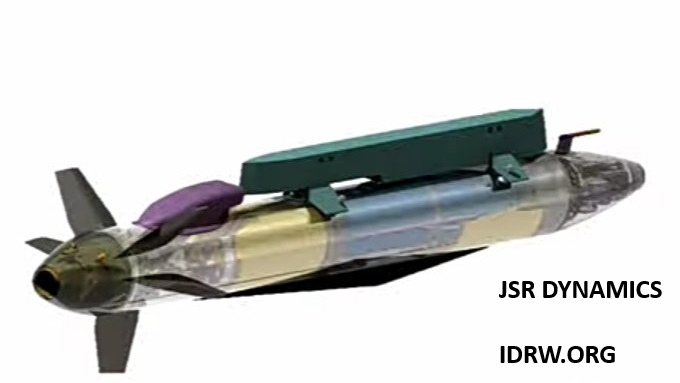

JSR Dynamics Private Limited, a leading Indian aerospace and defence company, has announced its ambitious plans to develop a cutting-edge jet-powered bomb. This innovative weapon system is designed to significantly enhance the range and precision of conventional bombs.
By equipping standard bombs with a powerful jet engine, JSR Dynamics aims to significantly increase their effective range. This engine-assisted propulsion system will enable these munitions to strike targets at greater distances, offering strategic advantages on the battlefield.
Continue readingSOURCE: RAUNAK KUNDE / NEWS BEAT / IDRW.ORG


The Kalyani Group has recently emerged as the lowest bidder (L1) in the Indian Army’s procurement program for the Advanced Towed Artillery Gun System (ATAGS) 155x52mm artillery gun, while the Tata Group has been designated as the second-lowest bidder (L2). This contract represents a major milestone in India’s Indigenous defence manufacturing efforts, particularly as ATAGS is poised to become the backbone of India’s artillery modernization strategy.
With a substantial order of 307 units, 184 of which will be manufactured by Kalyani Group, the company is well-positioned to further establish itself as a leading player in global artillery systems, buoyed by a recent order for 84 ATAGS units from Armenia. The deal with Armenia marked the gun’s first international export, setting the stage for more foreign sales as the Kalyani Group holds talks with multiple countries interested in the ATAGS platform.
Continue readingSOURCE: IDRW.ORG.
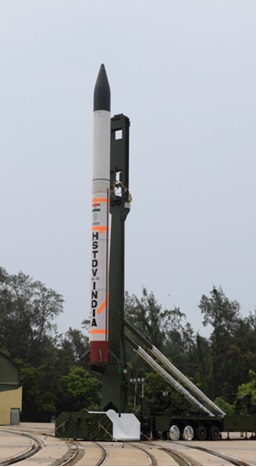

After the successful testing of the Long-Range Air-Launched Standoff Missile (LRAShM), the Defence Research and Development Organisation (DRDO) is gearing up for a more ambitious phase of its hypersonic technology program. DRDO plans to conduct extended tests of its Hypersonic Technology Demonstrator Vehicle (HSTDV) to validate its capabilities over a longer duration.
In 2020, DRDO successfully tested the scramjet-powered HSTDV, achieving a flight duration of 20 seconds at a speed of Mach 6. This milestone demonstrated India’s initial capability to develop and sustain hypersonic flight. Now, DRDO is planning to extend the test duration to 400 seconds, which will allow for comprehensive evaluation of the system’s performance, stability, and range at sustained hypersonic speeds.
Continue readingSOURCE: IDRW.ORG.
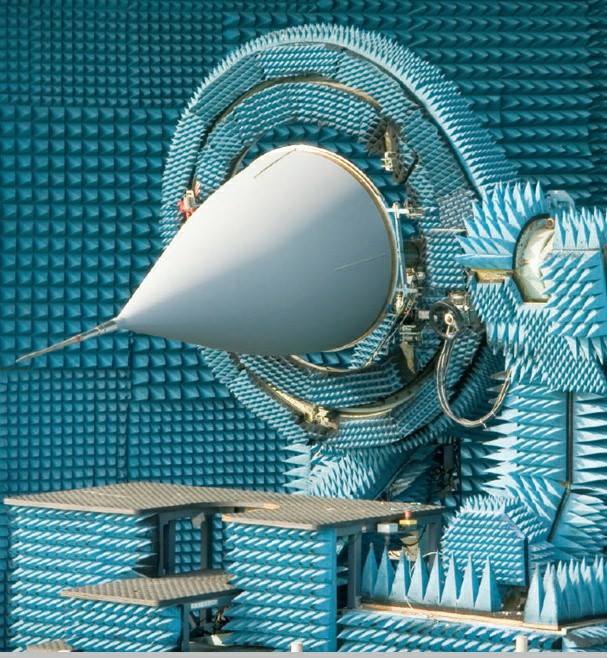

The Research and Development Establishment (Engineers) [R&DE(E)] of the Defence Research and Development Organisation (DRDO) is progressing with the development of a new radome for the Light Combat Aircraft (LCA), also known as Tejas, under its ongoing project DRAP (Development of Radome for Advanced Platforms). The new radome aims to enhance the performance and operational capabilities of the LCA by improving the aircraft’s radar and sensor systems.
The radome being developed by R&DE(E) for the LCA is conical in shape, designed to accommodate the advanced radar and sensor systems that are critical for the aircraft’s performance. With a total length of 1972mm and a diameter of 892mm at the fuselage end, the radome is built to meet the specific aerodynamic and functional requirements of the LCA. The shape and size are crucial for ensuring that the radome offers minimal interference with radar signals while maintaining the structural integrity and aerodynamics of the aircraft.
Continue readingSOURCE: RAUNAK KUNDE / NEWS BEAT / IDRW.ORG
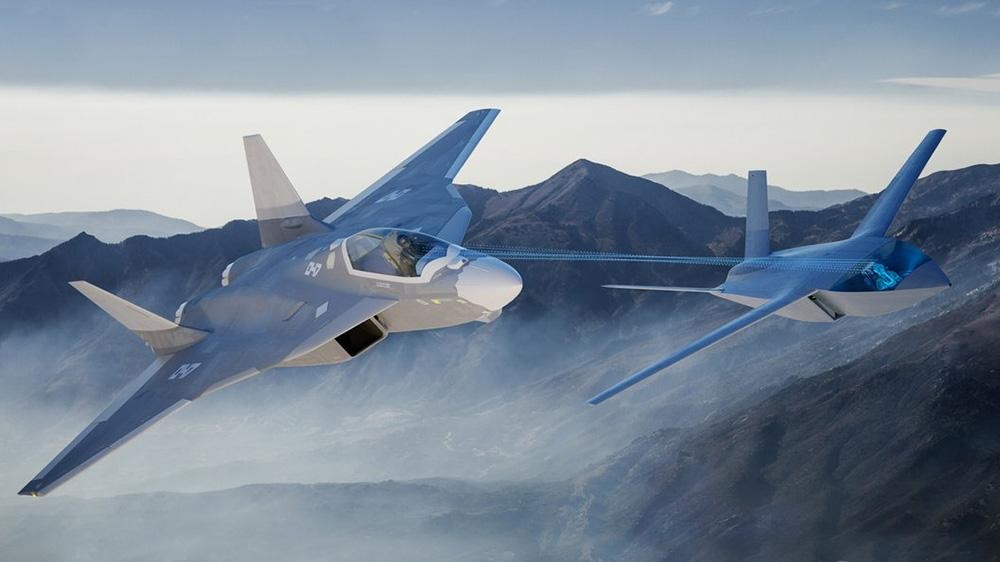

In a significant development for India’s defence and aerospace industry, Germany is in talks with partner nations that could allow India to join the 6th-generation Future Combat Air System (FCAS), or Système de Combat Aérien du Futur (SCAF) program, as an observer country.
However, before India can gain this status, Germany needs approval from France and Spain, both of whom are co-developers in the program. If granted observer status, India would gain unique insights into the development of a next-gen fighter system while also opening up opportunities for its private sector to participate in the program’s supply chain.
Continue readingSOURCE: RAUNAK KUNDE / NEWS BEAT / IDRW.ORG


Boeing Defense has indicated that it may soon withdraw its F/A-18 Block III Super Hornet from contention in the Indian Air Force’s (IAF) Multi-Role Fighter Aircraft (MRFA) tender for 114 jets. This potential decision comes as Boeing faces the prospect of shutting down the Super Hornet production line by 2027, primarily due to a lack of new orders and limited interest from potential international customers. Consequently, Boeing is shifting its focus to the F-15EX, a platform it hopes will have broader appeal in India and other markets.
In response to reduced demand, Boeing has already planned a gradual winding down of its F/A-18E/F Super Hornet production line in St. Louis. Initially scheduled for closure in 2025, a recent order from the U.S. Navy for 17 additional Super Hornets has extended production to early 2027. These new aircraft are expected to be delivered from late 2026 through spring 2027. However, the limited contract represents the final push for the Super Hornet, and Boeing has been slowing the production rate, from two aircraft per month to around one-and-a-half, as it prepares to transition its workforce toward other programs.
Continue readingSOURCE: RAUNAK KUNDE / NEWS BEAT / IDRW.ORG
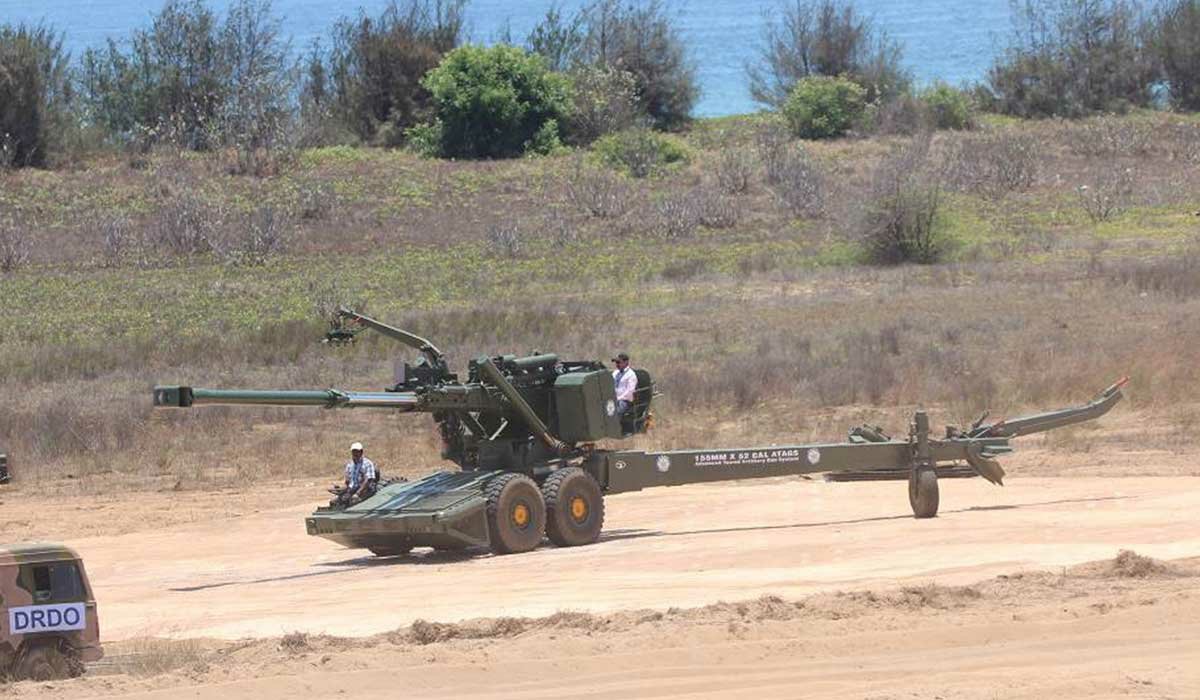

In a significant development for India’s artillery modernization program, Tata Advanced Systems Ltd (TASL) has agreed to match the lowest bid (L1) price set by Bharat Forge Ltd for the ?6,000 crore contract to supply 307 Advanced Towed Artillery Gun Systems (ATAGS) to the Indian Army. The contract will now be split between the two companies, both of which were development partners of the gun, in a 60:40 ratio.
Bharat Forge, which emerged as the L1 bidder, will produce 184 ATAGS units, while TASL will manufacture 123 units. The split, based on their contributions to the gun’s development under the Defence Research and Development Organisation (DRDO), will see Bharat Forge handling a larger share of the order valued at over ?4,000 crore, while TASL will manufacture guns worth approximately ?2,000 crore.
Continue readingSOURCE: IDRW.ORG
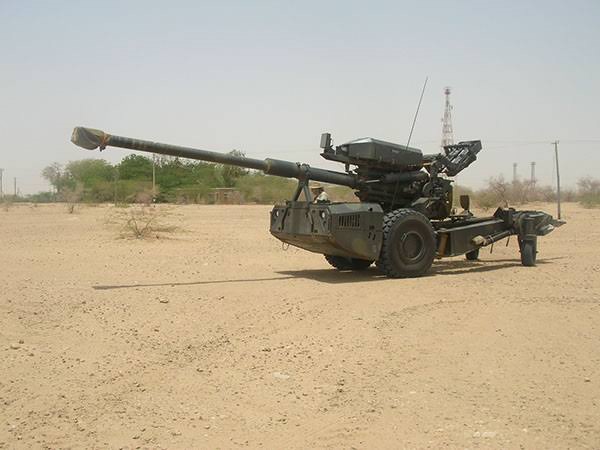

Israeli defense manufacturer Elbit Systems is positioning its Autonomous Towed Howitzer Ordnance System (ATHOS) as a competitive contender in the Indian Army’s quest to procure 400 Towed Gun Systems (TGS). The ATHOS is a long-range 155mm/52 caliber artillery system renowned for its advanced capabilities. Elbit has pledged to achieve 70% indigenization, significantly lowering costs to make the ATHOS more attractive than the indigenous Dhanush 155mm x 45 caliber gun.
Elbit faces stiff competition from Tata Advanced Systems Ltd (TASL) and Bharat Forge, who are jointly developing a 15-ton variant of the Advanced Towed Artillery Gun System (ATAGS). The ATAGS is a DRDO-developed gun with advanced features such as a higher firing range and quick deployment.
Continue readingSOURCE: IDRW.ORG.


India’s aerospace research community has achieved a major milestone with the first detailed diagnostics of a single cup sector of a modern annular combustor. The experiment, linked to the Kaveri Engine Program, represents a pivotal advancement in understanding combustion dynamics and stability. This high-resolution diagnostics effort involves leading experts Prof. Saptarshi Basu, Dr. Pratikash Panda, and Prof. S. Chaudhuri. Their work is expected to significantly enhance India’s capabilities in developing efficient, stable, and low-emission combustors for aviation.
The experimental rig for this research is a to-scale 20º sector of an annular combustor designed to emulate the real operational conditions of a combustor used in the Kaveri engine. Notably, the combustor test rig has been equipped with optical access points in both the primary and exhaust zones, enabling a precise view of the combustion process. This optical access is essential for observing flame stability and flow characteristics in a high-speed environment.
Continue readingSOURCE: RAUNAK KUNDE / NEWS BEAT / IDRW.ORG
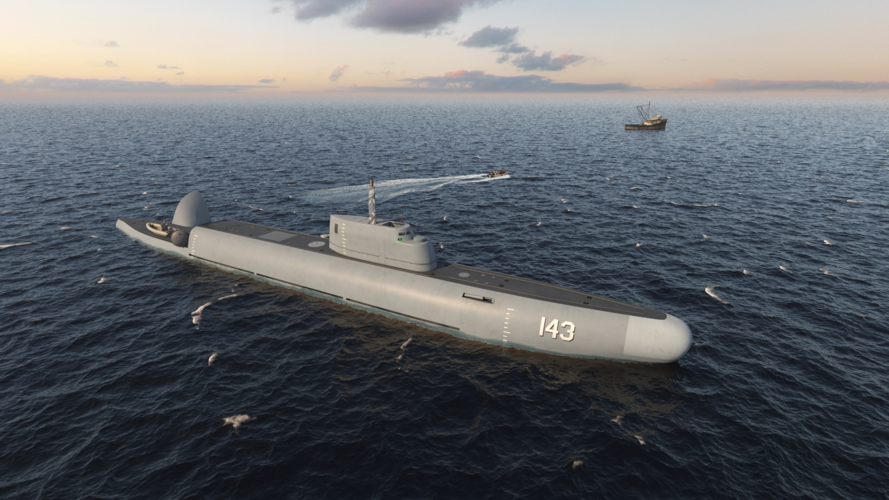

Rubin Design Bureau, a prominent Russian shipbuilding company, has presented the Indian Navy with an innovative hybrid vessel concept known as the Border and Offshore Submersible Sentry (BOSS). The BOSS project, which uniquely merges the functions of a submarine with those of a surface patrol vessel, aims to fulfil both peacetime and combat roles for the Indian Navy or Coast Guard. With a particular focus on multi-functionality, BOSS could serve as an asset for anti-submarine warfare, surveillance, and training missions.
The BOSS vessel represents the largest variant in Rubin’s hybrid fleet, with an impressive length of 72 meters and a surface displacement of approximately 1,300 tons. Its considerable size enables it to host a range of capabilities typically reserved for specialized military platforms.
Continue readingSOURCE: RAUNAK KUNDE / NEWS BEAT / IDRW.ORG
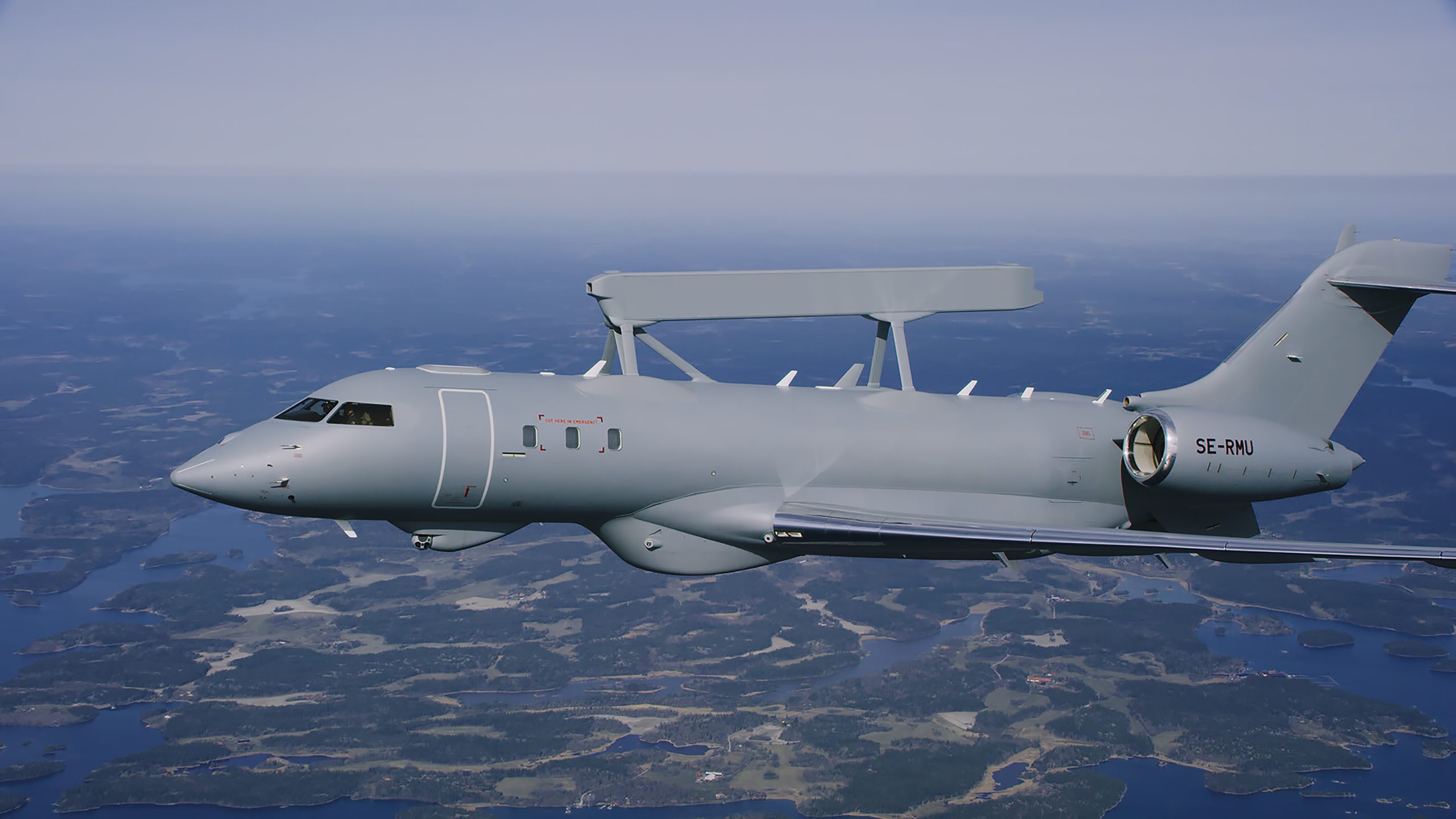

In a bid to meet the Indian Air Force’s (IAF) requirement for additional airborne warning and control systems (AWACS), Bombardier Defense has proposed its Global 6000 business jet as a base platform for the Netra Mk1A, India’s next-generation indigenous AWACS. The IAF currently operates three Netra Mk1 AWACS based on the Embraer ERJ145 platform and had planned to acquire six more of the upgraded Netra Mk1A systems. However, production of the ERJ145 has been discontinued, raising challenges for the IAF in procuring new units on this platform.
Despite the Bombardier Global 6000’s advanced capabilities and proven role in similar configurations like the Saab GlobalEye, sources indicate that the IAF may still pursue the used ERJ145 market to maintain fleet commonality with its existing Netra Mk1 units.
Continue reading